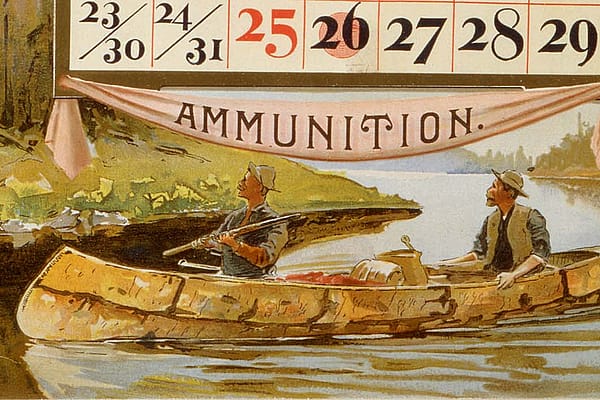
Treasures from Our West: Medicine Robe by Maynard Dixon
Originally featured in Points West in Spring 2010
Maynard Dixon’s The Medicine Robe
As a young man, Maynard Dixon admired the vivid illustrations of well-known artist Frederic Remington. Dixon became an illustrator himself in the 1890s, depicting traditional western subjects—cowboys, Indians, and landscapes. By 1912, Dixon turned his full attention to painting.
For The Medicine Robe, Dixon captured the light and colors of the West with an impressionist painting style. He applied quick dabs of paint to his canvas, rather than smoothly blending the colors together. Dixon based the powerful, central figure on a Plains Indian. He used similar colors in both the landscape and the figure, making the Native American seem inherently connected to the land around him. Unlike Remington’s action-packed paintings of cowboys, The Medicine Robe reflects a calm moment, infused with the vibrant hues of the landscape. As such, Dixon encourages viewers to also pause and take a tranquil moment to appreciate the wonders around them.
Maynard Dixon (1875 – 1946). The Medicine Robe, 1915. Oil on canvas. Gift of Mr. and Mrs. Godwin Pelissero. 2.73
Post 074
Written By
Nancy McClure
Nancy now does Grants & Foundations Relations for the Center of the West's Development Department, but was formerly the Content Producer for the Center's Public Relations Department, where her work included writing and updating website content, publicizing events, copy editing, working with images, and producing the e-newsletter Western Wire. Her current job is seeking and applying for funding from government grants and private foundations. In her spare time, Nancy enjoys photography, reading, flower gardening, and playing the flute.










